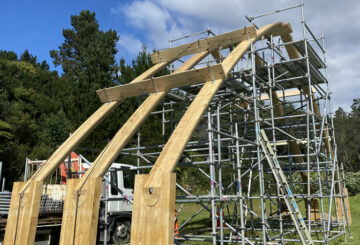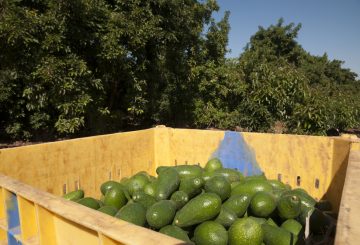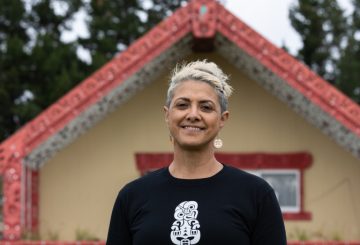Các chủ sở hữu khu cắm trại Onaero Bay Bach đã được mời đến gặp Iwi địa phương của họ sau khi phàn nàn rằng họ đã bị bỏ qua trong kế hoạch cho một cuộc cải tạo của khu bảo tồn bờ biển Taranaki.
Mười bảy baches ngồi trên đất thuê tại Onaero Reserve, nơi đã thuộc sở hữu của Ngāti Mutunga kể từ khi nó được trả lại trong giải quyết Hiệp ước năm 2005 của iwi.
Theo khu định cư, vùng đất này vẫn là khu bảo tồn vui chơi giải trí do Hội đồng Quận New Plymouth quản lý, hội đồng này đang lập kế hoạch mới để đồng quản lý xi măng với các chủ sở hữu iwi.
Một dự thảo “khái niệm tổng thể” đầy màu sắc có tính năng trồng ổn định ven biển, một lối đi biển hạn chế lối vào bãi biển đến một điểm duy nhất, một cây cầu nâng cấp, và các dấu hiệu bao gồm lịch sử của Ngāti Mutunga và tám pā trên sông.
Steve Burmester nói với các nghị viên hội đồng tuần này rằng ông và các chủ sở hữu bạch cầu khác đã không được hỏi ý kiến của họ. Chủ sở hữu Bach thuê muốn giữ lại xe truy cập vào bãi biển. Nhưng ông nói rằng chủ sở hữu Bach đã không tiếp cận iwi.
Thị trưởng Neil Holdom nhấn mạnh rằng dự thảo kế hoạch tổng thể chỉ là một điểm khởi đầu để tham khảo ý kiến về việc xem xét Kế hoạch Quản lý Dự trữ của Oneero.
Báo cáo gửi cho các nghị viên giải thích Kế hoạch quản lý dự trữ Onaero sẽ là một kế hoạch đồng quản lý với Te Rūnanga o Ngāti Mutunga.
Báo cáo Dân chủ địa phương là Báo chí lợi ích công cộng được tài trợ thông qua NZ On Air
Tín dụng: radi onz.co.nz





























































